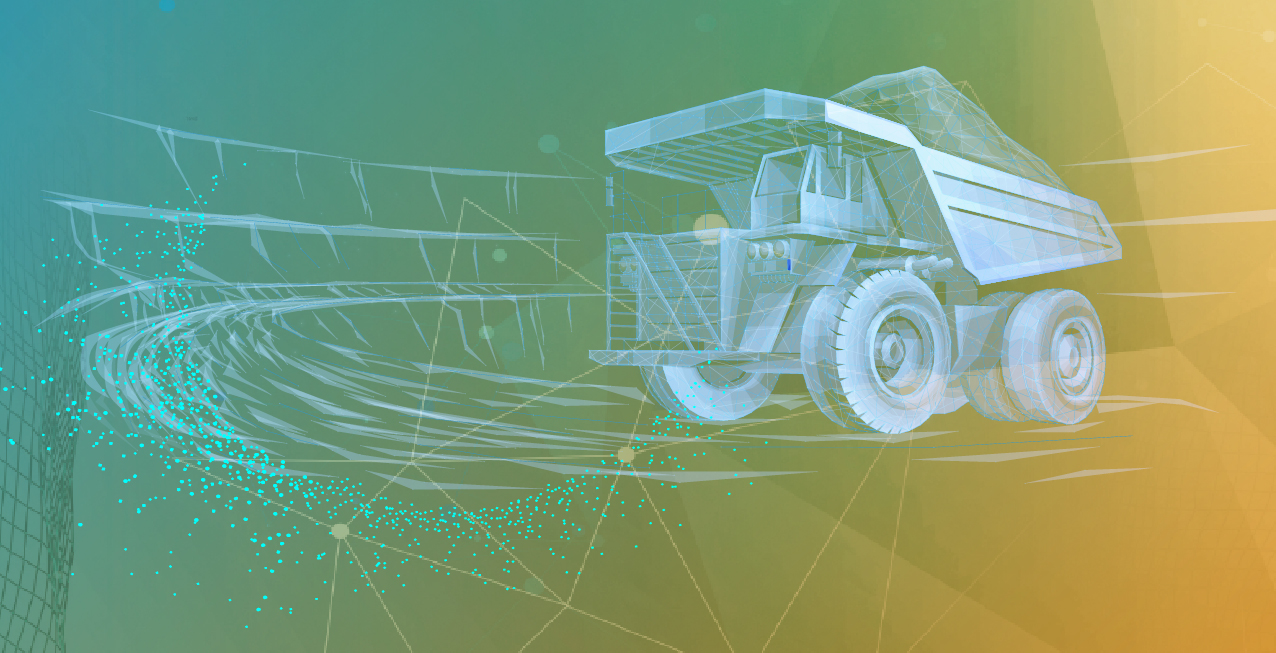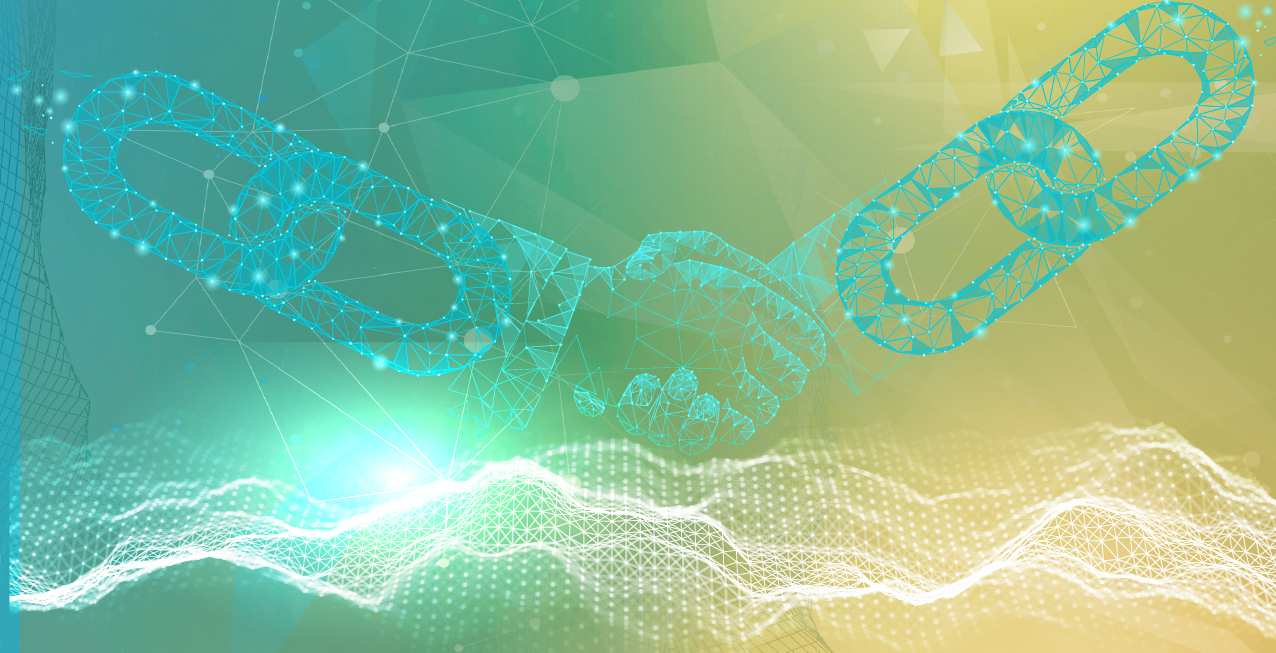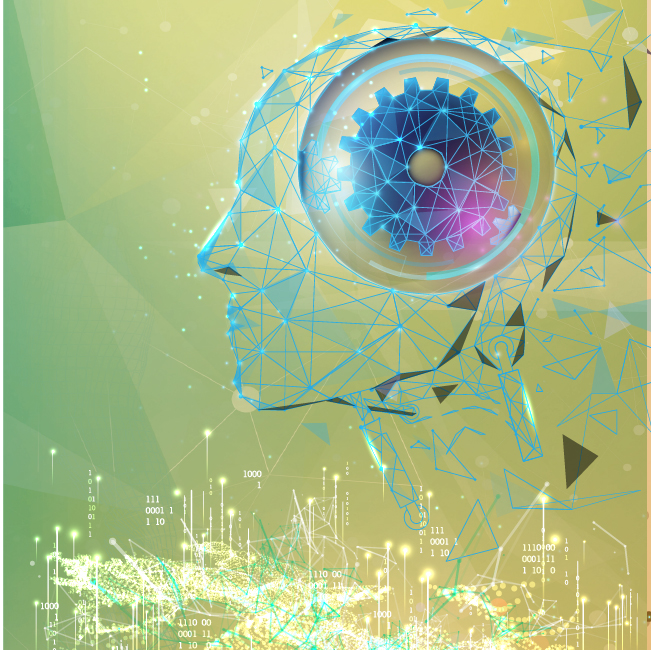The mining industry stands at a pivotal juncture, rocking between the time-honored practices that have sustained economies for centuries and a futuristic vision driven by cutting-edge technology. This virtual dichotomy in mining is stark. On one side, we have the age-old methods; on the other, a realm of possibilities powered by Artificial Intelligence (AI), the metaverse, autonomous mining, digital twins and assisted mining. But what does this mean for the future of mining? Are we ready to embrace this transformation, or are we overlooking critical implications?
Imagine a future where the relentless grind of mining is transformed by the invisible hand of AI. AI algorithms can analyse vast amounts of data to optimise mining operations, predict equipment failures, and enhance resource management. Autonomous machines navigate treacherous terrains, rendering human presence in hazardous zones obsolete. But are we ready to surrender control to machines? What will become of the human workforce that has toiled for generations? The promise of AI in mining is tantalising, but it comes with profound ethical and societal questions that we cannot afford to ignore.

If AI revolutionizes the mining industry, imagine stepping into the metaverse—a digital realm where miners can train, collaborate, and simulate operations without ever setting foot in a mine. In this space, AI-driven avatars guide workers through complex tasks, enhancing their skills in a risk-free environment. The industrial metaverse encompasses digital twins, immersive simulations, and real-time data integration to improve various aspects of mining operations.
While the adoption of the metaverse in mining is still in its early stages, it is steadily growing. The focus is on enhancing efficiency, safety, and sustainability through advanced digital technologies. However, this technological merger raises some important questions: Will the metaverse create a new elite of tech-savvy miners, leaving others behind? Can we ensure data privacy in this interconnected digital landscape?
As mining operations become increasingly digitized, cybersecurity becomes paramount. The integration of AI, digital twins, and the metaverse forms a complex web of interconnected systems vulnerable to cyberattacks. Ensuring the security of these systems is crucial to prevent disruptions and protect valuable data. The challenge lies in balancing innovation with security. While the fusion of AI and the metaverse promises unparalleled efficiency and safety, it also compels us to rethink the very fabric of the mining workforce and the ethical boundaries of our digital age.
In a world where miners immerse themselves in the metaverse, honing their skills in virtual environments, the line between the digital and physical worlds blurs further with the advent of digital twins. These virtual replicas of mining assets allow for real-time monitoring and predictive maintenance, creating a seamless flow of information between the metaverse and the actual mine, but their journey is fraught with both triumphs and pitfalls.

The likes of Rio Tinto, Vale, BHP, Anglo American and Boliden have all successfully leveraged digital twins to enhance operational efficiency and predictive maintenance, reducing downtime and saving millions. Yet, not all stories are a success. Digital twins may fall short for several reasons. A frequent issue is the improper setup of technical components, which can undermine the precision and dependability of the digital twin’s simulations and insights. Furthermore, the long-term feasibility of the business case, and consequently the digital twin, might be constrained as market conditions, technological progress, or organisational priorities evolve. Lastly, insufficient ongoing maintenance and updates can render the digital twin obsolete over time. These challenges highlight the necessity of comprehensive planning, continuous assessment, and flexible adaptation strategies to secure the lasting success of digital-twin projects1. Are digital twins the universal remedy for mining's inefficiencies, or do they introduce a new set of complexities and risks? As we push the boundaries of digital innovation, we must critically assess whether the benefits truly outweigh the potential for failure.
Just as digital twins create a seamless bridge between the physical and virtual realms, the stage is also set for the rise of autonomous mining, where digital replicas of mining equipment and infrastructure provide real-time data, enabling autonomous machines to operate with unprecedented precision and efficiency. But can we truly rely on autonomous systems guided by digital twins to navigate the complexities of mining operations? What happens when these systems fail, and who bears the responsibility? The fusion of digital twins and autonomous mining promises a future where human intervention is minimal, but it also challenges us to confront the ethical and operational risks of entrusting machines with the heart of our industry.
The debate over autonomous mining is heating up, with compelling arguments on both sides. Supporters argue that autonomous technology, like Rio Tinto’s Mine of the Future program, significantly boosts efficiency and safety by reducing human error and exposure to hazardous conditions2. For instance, their autonomous haul trucks have cut costs and increased productivity in the Pilbara region. However, critics highlight the potential job losses and the erosion of local economies dependent on mining employment. They point to the circumstances in South Africa, where communities fear that automation will exacerbate unemployment and social inequality3. This tension underscores a critical ethical responsibility, the mining industry must balance technological advancement with socio-economic responsibility. It will need to make technological gains while upskilling and reskilling its workforce.

Could assisted mining be the solution? By integrating human oversight with advanced technology, assisted mining strikes a balance between enhanced productivity and employment preservation. For instance, Caterpillar's semi-autonomous trucks still require human intervention, ensuring that local economies remain vibrant. By integrating human operators with advanced technology, it allows for continuous skill development and knowledge transfer. Workers gain hands-on experience with cutting-edge tools, enhancing their capabilities and adaptability. This approach also ensures that the workforce remains relevant and engaged, bridging the gap between traditional mining skills and modern technological demands, ultimately fostering a more skilled and versatile workforce.

Is this approach a genuine solution, a cure-all, or merely a resistance to change in an industry traditionally slow to evolve? As autonomous mining looms on the horizon, should we embrace it now? The answer may lie in sustainability: while autonomous mining offers short-term gains, assisted mining could provide a more balanced, long-term solution that harmonizes technological progress with socio-economic stability. The industry must decide whether to prioritize immediate efficiency or invest in a future that values both innovation and human capital.
The virtual dichotomy in mining presents both opportunities and challenges. Embracing AI, the metaverse, autonomous mining, digital twins, and assisted mining can lead to a more efficient, safe, and innovative industry. However, it is essential to address the ethical, social, and security implications to ensure a sustainable and inclusive future for all stakeholders. The mine of the future is not just a technological marvel but a functional ecosystem where people and machines coexist and thrive. Are we ready to embrace this future? What sacrifices are we willing to make for progress? The answers to these questions will shape the future of mining and, ultimately, our world.